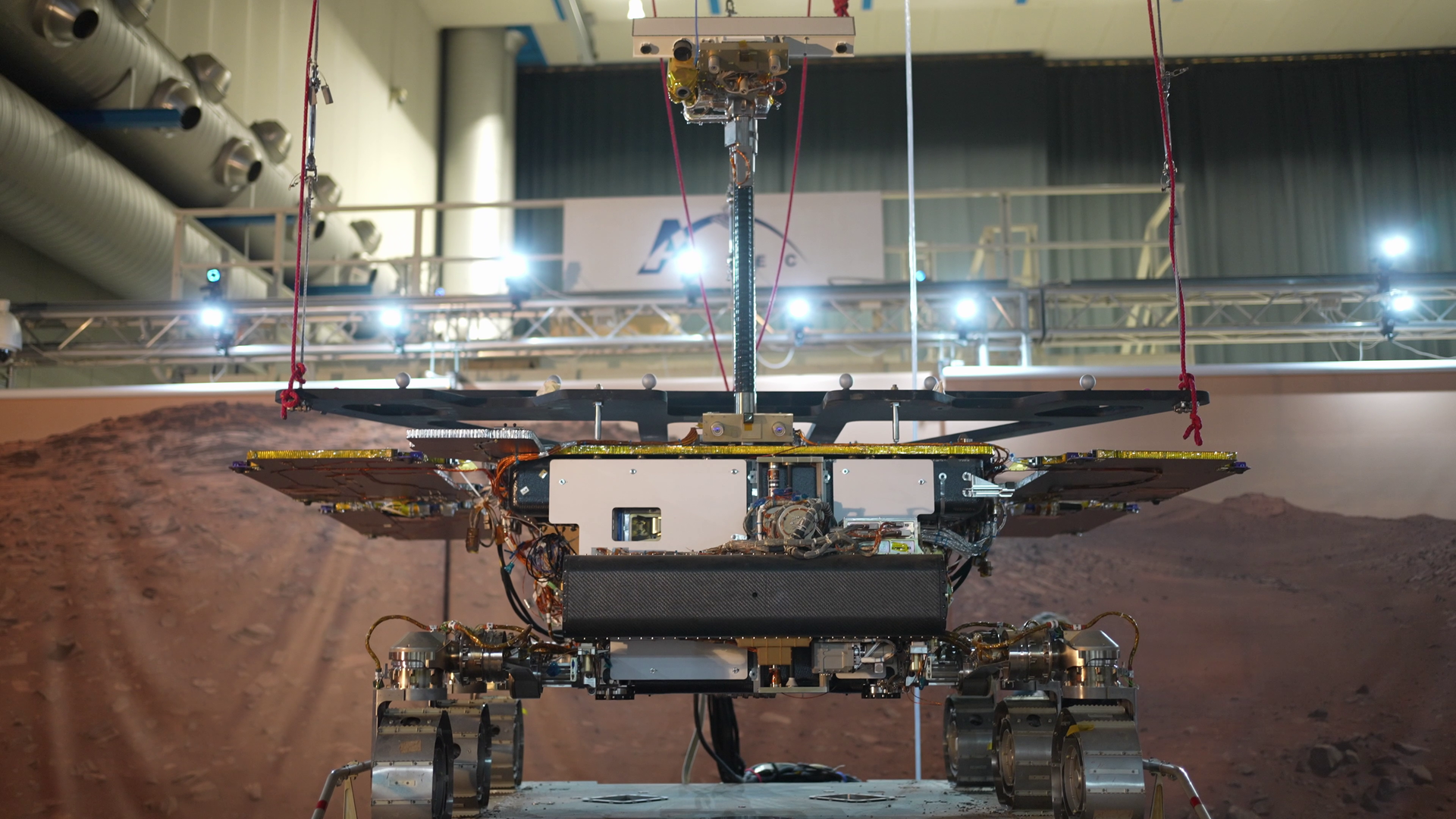British-built rover gears up for Mars
A European rover that will search for signs of life on the Red Planet is being put through its paces ahead of its launch in September.
Using a specially designed twin, engineers have rehearsed the moment the rover trundles off its landing platform onto the martian surface for the first time, capping off a year of successful preparations.
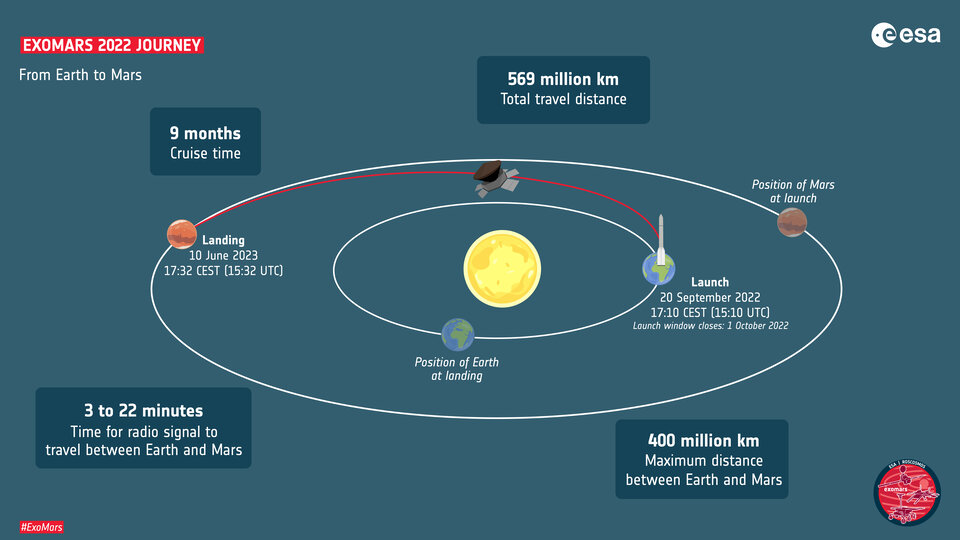
The rover – named Rosalind Franklin – is part of the ExoMars programme, a joint endeavour between ESA and the Russian space agency Roscosmos that will address the question of whether life has ever existed on Mars.
Built by Airbus at its site in the UK, the rover is expected to travel several kilometres during its mission, drilling down to a depth of two metres to collect samples that will analysed with next-generation on board instruments.
Rosalind is now being kept in an ultra-clean room at the Thales Alenia Space site in Italy along with its companion, the Kazachok landing platform.
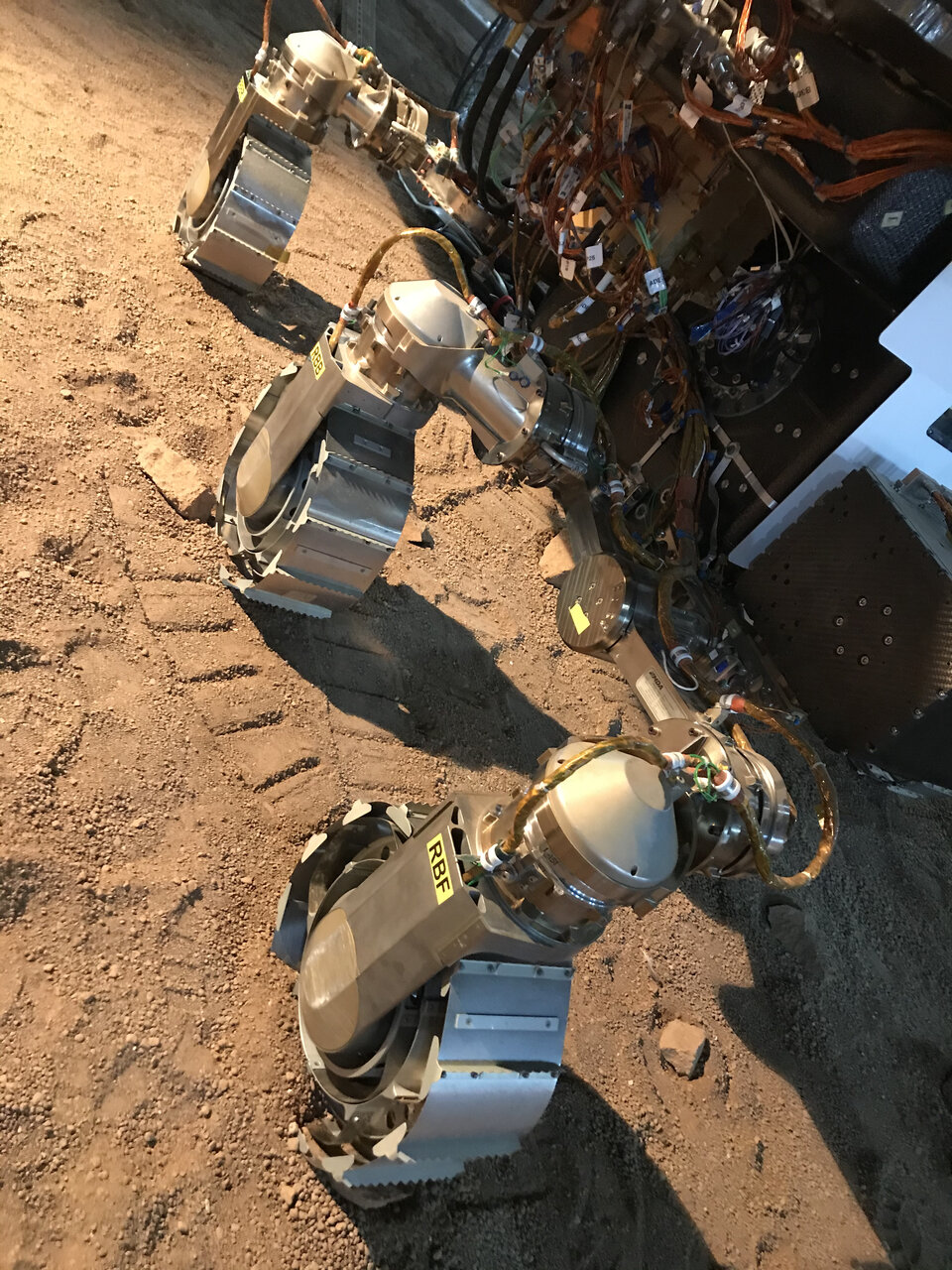
Following a period of testing and maintenance, the rover – along with the descent module, landing platform and carrier – is due to be moved to the launch site in Baikonur, Kazakhstan, after a final review in April.
Engineers at a Mars terrain simulator in Turin, Italy, are carefully rehearsing the rover’s egress from Kazachok using Rosalind’s twin rover, Amalia.
The driving during these exercises takes about 15 minutes, but the whole process is expected to last several martian days – with the rover spending time unfolding its wheels, deploying its mast, and completing other checks.
Engineers are using Amalia – which accurately represents what the rover will be capable of on the Red Planet – to choreography different scenarios and make decisions that will keep Rosalind safe in the challenging environment of Mars.
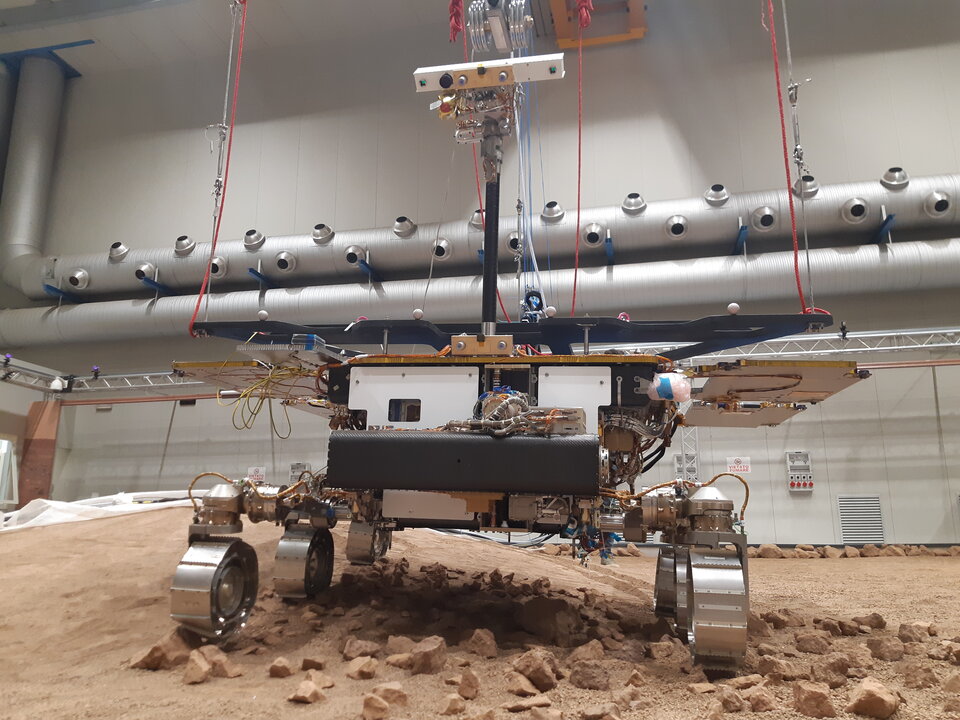
Amalia has so far demonstrated the drilling of soil samples down to 1.7 metres and operated all of the on board instruments while sending data to the Rover Operations Control Centre, the hub that will orchestrate the roaming of the rover on Mars.
The ExoMars programme comprises of two missions, the first of which launched in 2016.
This includes of the Trace Gas Orbiter – which is searching for evidence of atmospheric gasses that could signify active biological process – and Schiaparelli, an entry, descent and landing demonstrator module that tested key technologies in preparation for ESA’s contribution to subsequent missions to Mars.
The Trace Gas Orbiter will also act as a relay for the mission to be launched later this year.

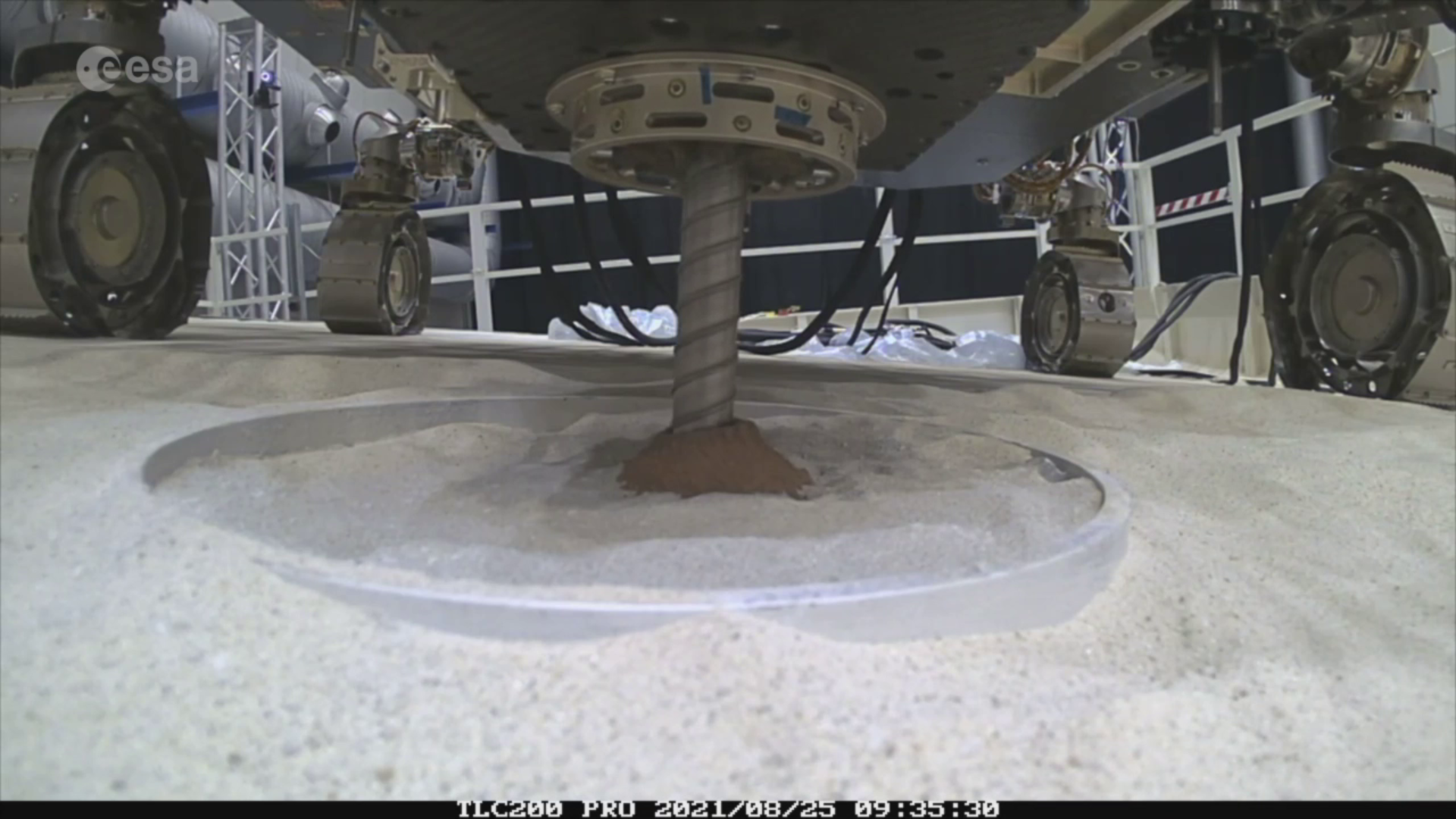
Access the video


